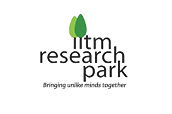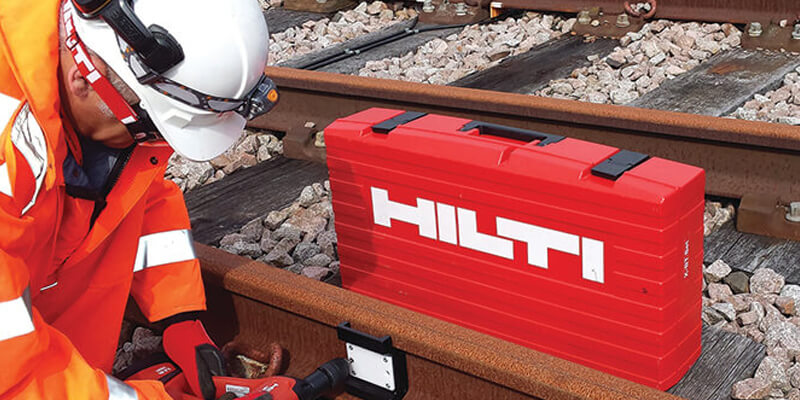IIT-Madras graduates develop technology to automate the overhead electric line inspection system of Railways
Modern technology has always been slow to find its way into Indian Railways, be it for improving commuter facilities or for its internal working system.
The overhead line inspection is one area where the Railways still depends on manual labour, which not only involves a large workforce but is also time-consuming.
The overhead electric line powers the electrical multiple units (EMUs) through the pantograph, an apparatus mounted on top of the motor car to convey electricity. The Railways carries out inspection to measure the gradient between the overhead line and the pantograph to prevent snapping of the overhead line.
A group of IIT-Madras graduates have developed an infrared-based depth sensor technology to automate the overhead electric line inspection system with minimal human intervention.
Kedar Kulkarni, the leader of the group, says the technology involves a camera installed in front of the pantograph and linked to a computer in the inspection car that would process the data of the overhead electric line. The processed data would be stored on the cloud and could be instantly accessed by the concerned officials.
Talking about the positive features of the technology, he pointed out that the indigenously developed system could check the overhead line without switching off the power supply, which is normally the case in manual inspection, and during night-time. The biggest advantage is that the technology can identify risk zones where the overhead line needs special attention that normally escape the human eye.
The technology has been developed by HyperVerge in association with Computer Vision Group and IIT-Madras. It has undergone ten field trials including the test conducted by the Research, Design and Standard Organisation, a research wing of the Indian Railways.
Vignesh and Kishore were given Best Entrepreneurial Students award for this project.
*****
A cat chases a pigeon, kills it and at the end of this fiasco, a portion of the false ceiling collapses inside Chennai airport.
It certainly is not appealing for anyone using the terminals to witness or read of such incidents, or look at dusty cat dander and pigeon droppings in the terminals.
After numerous delays, the airport’s terminals were finally commissioned just a year back, only for authorities to grapple with various engineering and maintenance issues. Fliers have been yearning to use an airport that provides the best of passenger facilities.
This, some think, citing repeated mismanagement of numerous issues by officials of Airports Authority of India (AAI), may happen only if the airport is handed over to a private player.
But the proposal to privatise the Chennai airport that was mooted last year stands grounded owing to various reasons. AAI officials had indicated that the draft of the concessionaire document is yet to be finalised and receive clearances from the planning commission and Airports Economic Regulatory Authority (AERA).
A top official in the key infrastructure development cell set up to speed up this privatisation process said as the elections have just got over it may take at least a week to even decide when the Request For Qualification process would be held.
But, experts point out, people seldom realise there is a flipside to this deal: the airport could get a lot more expensive.
D. Sudhakar Reddy of Air Passengers Association of India (APAI) said, “The whole airport is in a mess with the Metro Rail work further adding to it. Not to say how badly it has been maintained. If a private player takes over, he will have to heavily invest on these buildings and eventually extract that from the passengers.”
![]()


